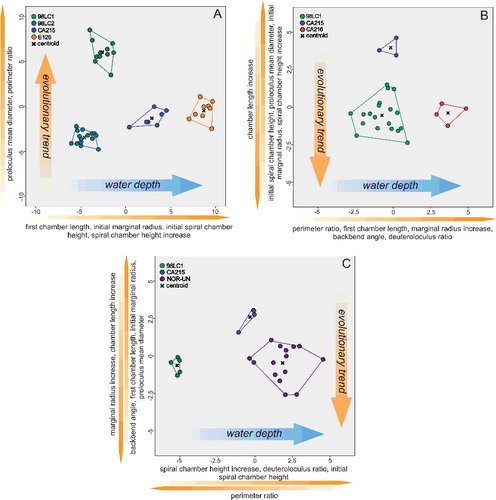Figures & data
Figure 1. A, schematic tectonic map of western and central Cuba (after Iturrlade-Vinent Citation1994), with locations of the stratigraphical sections and samples. B, stratigraphical relations of Eocene units in western and central Cuba, slightly modified from García-Delgado & Torres-Silva (Citation1997); stratigraphical ranges of the studied sections: A, 98LC-2; B, 98LC-1; C, LM-52; D, NOR-UN; E, 98MT-1; F, E-126; G, CA-215.
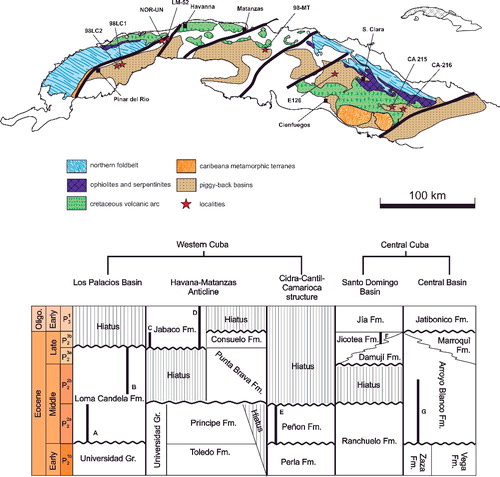
Figure 2. Measurements of characters in equatorial section. A, embryonic apparatus; B, marginal test spiral; C, chamber measurements; D, example individual, Operculinoides floridensis, specimen 98LC-1H-648.

Table 1. Growth-independent and growth-invariant characters.
Figure 3. A, two-dimensional ordination of studied specimens; colours accord with the results of the K-means cluster analysis. Numbers indicate the measured type material: 1, Nummulites stritoreticulatus, holotype; 2, N. macgillavry (from Butterlin Citation1981); 3, Operculinoides trinitatensis, holotype; 4, O. spiralis, holotype; 5. O. kugleri, holotype; 6, N. trinitatensis (from Butterlin Citation1961); 7, O. willcoxi (from Barker Citation1939); 8, O. willcoxi (from Cole Citation1941); 9, O. floridensis (from Frost & Langenheim Citation1974); 10, O. floridensis (from Cole Citation1941); 11, O. floridensis (from Cole Citation1941); 12, O. soldadensis (from Vaughan & Cole Citation1941); 13, O. suteri (from Caudri Citation1996); 14, N. floridensis (from Butterlin Citation1961). B, three-dimensional ordination of the studied specimens emphasizes the variation in the third component, highlighting the differentiation between Nummulites from 98LC-2 and Palaeonummulites from 98LC-1. C, discriminant analysis between the interpreted species: Nummulites striatoreticulatus, Palaeonummulites trinitatensis, Operculinoides floridensis and Operculinoides soldadensis; parameters are sorted in order of their importance as discriminators.
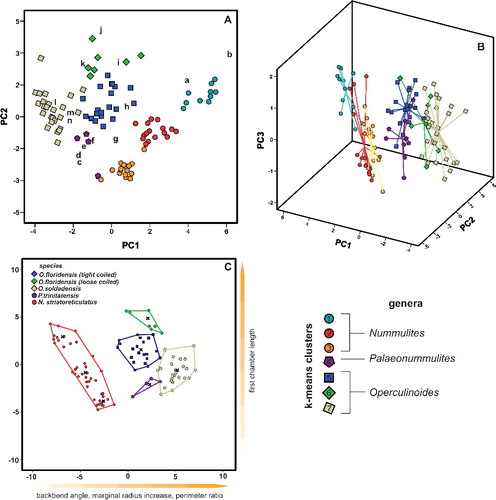
Figure 4. Discriminant analysis of nummulitid species, where the important discriminators are ranked along the discriminant functions. A, discriminant analysis between Operculinoides and Palaeonummulites species; B, discriminant analysis within Nummulites striatoreticulatus from different localities; C, discriminant analysis within O. floridensis from different localities; D, discriminant analysis within O. soldadensis from different localities.
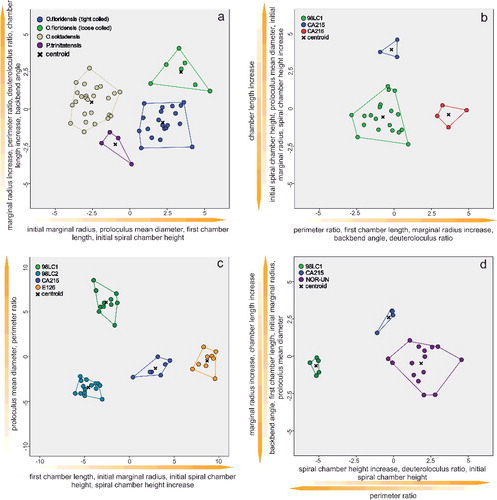
Figure 5. Ordinations and discriminant analysis. A, two-dimensional ordination of studied specimens; genera are separated by different shapes (squares = Operculinoides; polygons = Palaeonummulites; triangles = Heterostegina). B, three-dimensional ordination of the studied specimens emphasizes the variation in the third component, highlighting the differentiation between Heterostegina sp. indet. and Operculinoides. C, discriminant analysis of Heterostegina species and Operculinoides or Palaeonummulites species; parameters are sorted in order of their importance as discriminators.
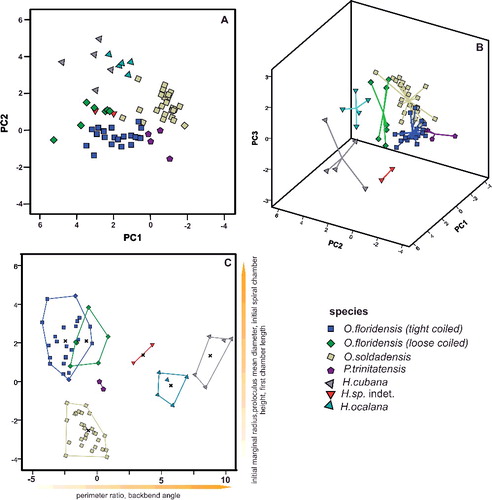
Figure 6. Stratigraphical ranges of the nummulitid species from the Cuban sections and their correlation with the standard planktonic zones. A, Pearson et al. (Citation2006); B, Berggren et al. (Citation1995); C, Martini (Citation1971); D, Agnini et al. (Citation2014).

Figure 7. A, schematic diagram showing the Eocene depositional environments in sections from western and central Cuba (modified from Cotton Citation2012). B, schematic diagram showing depth zonation of nummulitid species and larger benthic foraminifera (LBF) present in the Eocene section across the depositional gradient (modified from Beavington-Penney & Racey Citation2004).
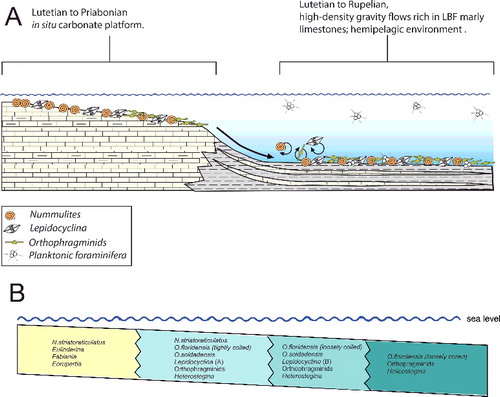
Figure 8. Palaeogeographical distribution of the Eocene nummulitid species found at the Cuban localities. Map adapted from Pindell (2009).

Figure 9. Distribution of larger benthic foraminifera (LBF) in the Angelita Quarry section, western Cuba.
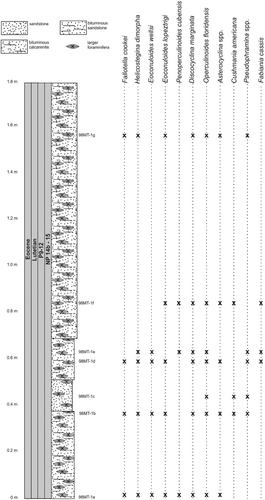
Figure 10. Distribution of larger benthic foraminifera (LBF) in the Entronque de Herradura section, western Cuba.
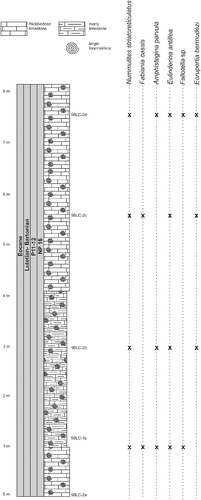
Figure 11. Distribution of larger benthic foraminifera (LBF) in the Loma Candelaria section, western Cuba (modified from Torres-Silva et al. Citation2017).
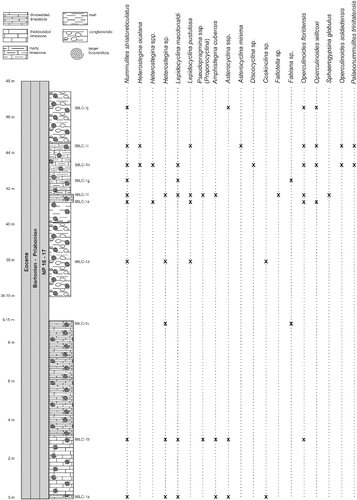
Figure 12. Distribution of larger benthic foraminifera (LBF) in the Loma El Santo section, central Cuba.
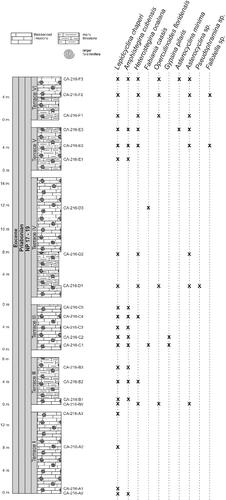
Figure 13. Distribution of larger benthic foraminifera (LBF) in the Noroña section, western Cuba (modified from Torres-Silva et al. Citation2017).

Figure 14. Distribution of larger benthic foraminifera (LBF) in the Loma Vigía section, central Cuba.
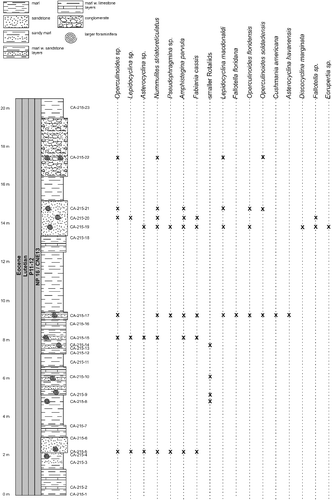
Table 2. Characters and attributes (means and standard deviations, SD, in mm) for Nummulites and comparisons with Palaeonummulites and Operculinoides. Symbol key: ++, strong positive differences with < 1% error probability; +, differences with < 5% error probability; 0, no significant differences; −−, strong negative differences with < 1% error probability.
Figure 15. Nummulites striatoreticulatus Rutten. A–C, Entronque de Herradura; A, 98LC-2-686; B, 98LC-2-687; C, 98LC-2-1a. D–F, Loma Candelaria; D, 98LC-1-660; E, 98LC-1-630; F, 98LC-1-806. G–K, La Esperanza; G, E-126-474; H, E-126-466; I, E-126-458; J, E-126-470, gaps in the septa between adjacent alar prolongations of the chambers; K, E-126-459; L, M, Loma El Santo; L, CA-215- 865; M, CA-215- 65. A, B, E, F, H, I, L and M are A forms in equatorial section; C, D, G and J are A forms in axial section.

Table 3. Characters and attributes (means and standard deviations, SD, in mm) for Nummulites striatoreticulatus and comparisons with Palaeonummulites trinitatensis, Operculinoides floridensis (tightly coiled), O. floridensis (loosely coiled) and O. soldadensis. Symbol key: ++, strong positive differences with < 1% error probability; +, differences with < 5% error probability; 0, no significant differences; -, negative differences with < 5% error probability; −−, strong negative differences with < 1% error probability.
Table 4. Characters and attributes (means and standard deviations, SD, in mm) for Palaeoummulites and comparisons with Nummulites and Operculinoides. Symbol key: +, differences with < 5% error probability; 0, no significant differences; –, strong negative differences with < 1% error probability.
Table 5. Characters and attributes (means and standard deviations, SD, in mm) for Palaeonummulites trinitatensis and comparisons with Nummulites striatoreticulatus, Operculinoides floridensis (tightly coiled), O. floridensis (loosely coiled) and O. soldadensis. Symbol key: ++, strong positive differences with < 1% error probability; +, differences with < 5% error probability; 0, no significant differences; -, negative differences with < 5% error probability; −−, strong negative differences with < 1% error probability.
Table 6. Characters and attributes (means and standard deviations, SD, in mm) for Operculinoides and comparisons with Nummulites and Palaeoummulites. Symbol key: ++, strong positive differences with < 1% error probability; 0, no significant differences; −−, strong negative differences with < 1% error probability.
Figure 16. Operculinoides floridensis (Heilprin). A–C, Loma Candelaria; A, 98LC-1-651; B, 98LC-1-667; C, 98LC-1-815. D, E, Loma Vigía; D, CA-216-F3-16; E, CA-216-D1a. F, Loma El Santo, CA-215-852. G, Loma Jabaco, LM-52-759. H, Angelita Quarry, 98MT-1. A–D, F and G are A forms in equatorial section; E and F are A forms in axial section.

Table 7. Characters and attributes (means and standard deviations, SD, in mm) for Operculinoides floridensis (tightly coiled) and comparisons with Nummulites striatoreticulatus, Palaeonummulites trinitatensis, O. floridensis (loosely coiled) and Operculinoides soldadensis. Symbol key: ++, strong positive differences with < 1% error probability; 0, no significant differences; -, negative differences with < 5% error probability; −−, strong negative differences with < 1% error probability.
Table 8. Characters and attributes (means and standard deviations, SD, in mm) for Operculinoides floridensis (loosely coiled) and comparisons with Nummulites striatoreticulatus, Palaeonummulites trinitatensis, O. floridensis(tightly coiled) and Operculinoides soldadensis. Symbol key: ++, strong positive differences with < 1% error probability; +, differences with < 5% error probability; 0, no significant differences; −−, strong negative differences with < 1% error probability.
Table 9. Characters and attributes (means and standard deviations, SD, in mm) for Operculinoides soldadensis and comparisons with Nummulites striatoreticulatus, Palaeonummulites trinitatensis, Operculinoides floridensis (tightly coiled) and O. floridensis (loosely coiled). Symbol key: ++, strong positive differences with < 1% error probability; 0, no significant differences; −−, strong negative differences with < 1% error probability.
Figure 17. A–G, Operculinoides soldadensis Vaughan & Cole; A, Loma El Santo, CA-215-871; B, Loma Candelaria, 98LC-1-669; C–F, Noroña; C, NOR-UN 24; D–F, NOR-UN 15/14; G, holotype, Trinidad. H, I, Palaeonummulites trinitatensis (Nutall); H, Loma Candelaria, 98LC-1ICT3; I, holotype of Operculinoides kugleri Vaughan & Cole, Trinidad. J, Operculinoides ocalanus (Cushman), Loma Jabaco, CA-4-724. A–D, G–J, A forms in equatorial section; E, A form in axial section; F, external view.

Figure 18. A, B, D–H, Heterostegina ocalana Cushman; A, Loma Vigía, CA-216-D1a; B, Noroña, NOR-UN 15/14; D, Loma Vigía, CA-216-79; E, F, Loma Jabaco; E, LM-52-756; F, LM-52-752; G, H, Noroña, NOR-UN 24. C, Heterostegina cubana Cizancourt, Loma candelaria, 98LC-1H-809. I, Heterostegina sp. indet., Loma Candelaria, 98LC-1H-808. A, B, A forms in axial section; C–G, I, A forms in equatorial section; H, external view.
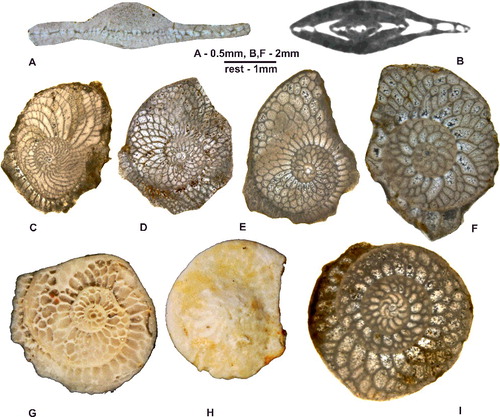
Figure 19. Discriminant analysis of nummulitid species, where the important discriminators are ranked along the discriminant functions. Orange arrows indicate possible source of morphological changes. A, discriminant analysis within Nummulites striatoreticulatus at localities 98LC-2, 98LC-2 and E-126. B, discriminant analysis within Operculinoides floridensis at localities 98 LC-1, CA-215 and CA-216. C, discriminant analysis within O. soldadensis at localities 98LC-1, CA-125 and NOR-UN.
